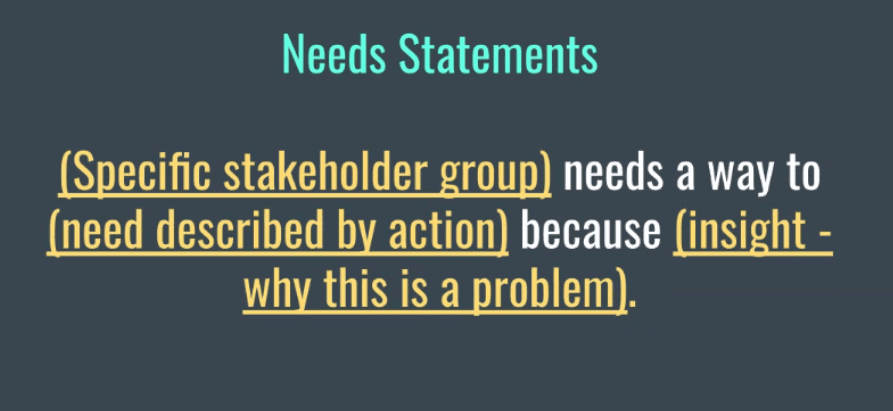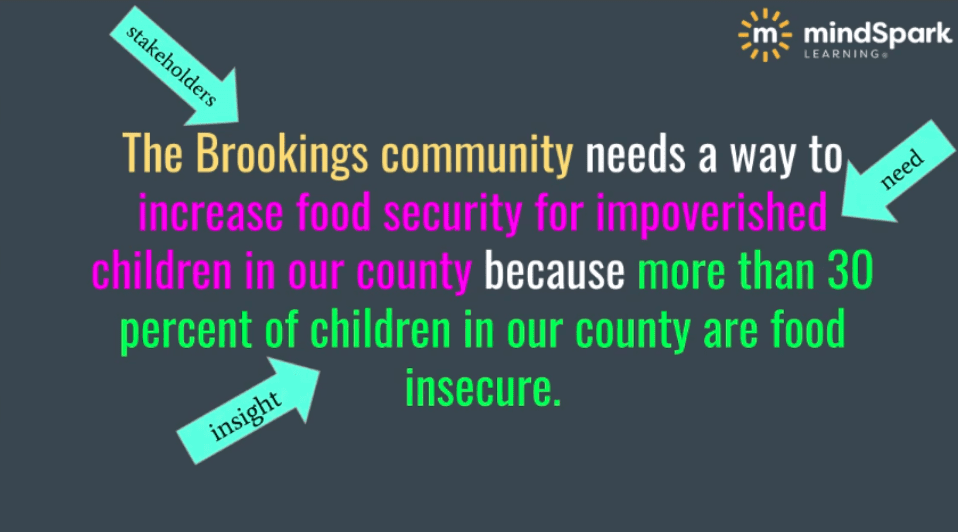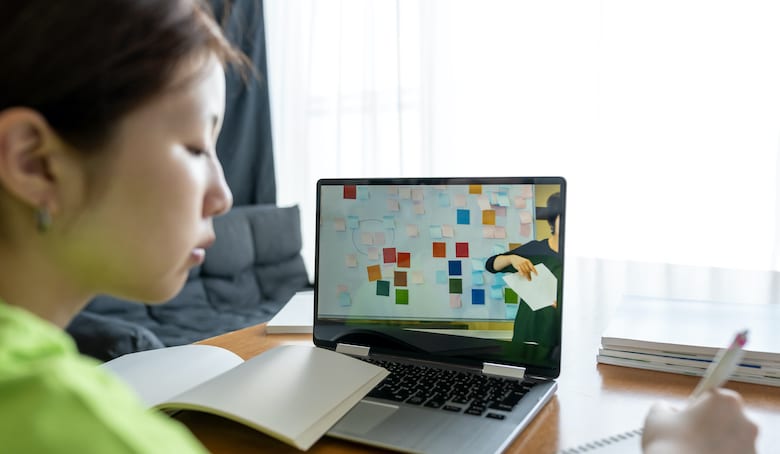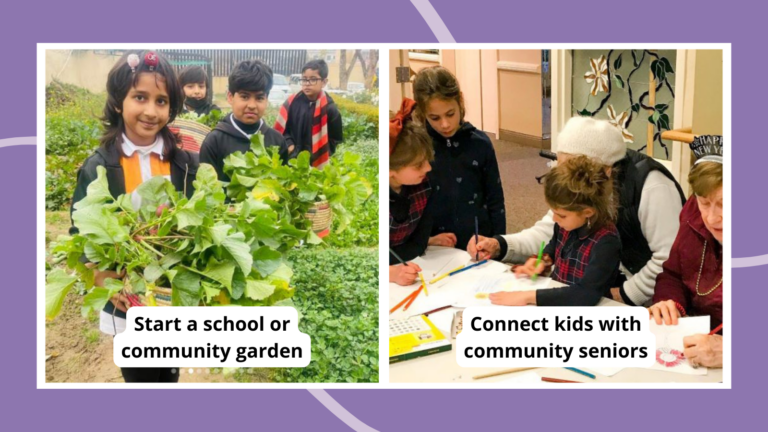One of the biggest trends in education right now is problem-based learning, and for a good reason. PBL is a powerful way to help kids build the skills and confidence they need to see themselves as changemakers. There are so many opportunities for us to introduce PBL in our classes (even virtually!). If you’ve never tried PBL before, but you’re ready to start, here are three activities to get started.
Brainstorm a problem Padlet
To get started with PBL, challenge students to brainstorm a problem that they’d like to solve. We love using Padlet so students can easily see each other’s ideas (plus you can post the board in your LMS and add to it as you work). Post-It notes work great too!
As you go through students’ ideas, you’ll likely see big, broad, world-wide problems like poverty, hunger, school violence, and climate change. For PBL to work, we need to help our students narrow their focus, so their problem meets three criteria: it’s hyper-localized, relevant, and can have multiple solutions. Introduce the criteria, and then use one of your student’s examples to dig deeper into the problem. Here are some questions you might ask:
- Why is this a problem?
- Why should kids care?
- How does the problem affect our community (school, neighborhood, city/town)?
- Is this problem affecting us in our day-to-day lives? How?
- What are some ideas for how we might solve this problem?
Sharing an example can help students see how they can take a big problem and use the three criteria to narrow their focus. Here’s an example from MindSpark Learning’s PD on Problem-Based Learning. Ask students to go back into the Padlet and revise their problem, so it meets all three criteria.
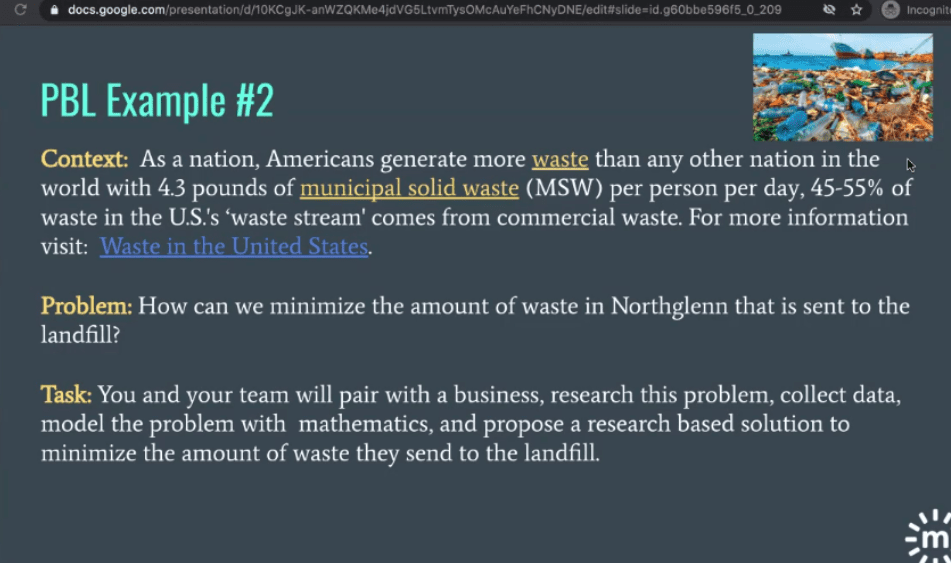
Conduct a problem statements gallery walk
Now that students are beginning to understand how to identify a problem that meets all three of PBL’s criteria give them a chance to develop that understanding with a gallery walk. Before the gallery walk, students will submit a slide that has these three elements:
- Context: Why is this a problem? Why should kids care?
- Problem: What question(s) are they trying to solve?
- Task: What are they producing? How will they show they have met standards?
Ask students to go through the slide deck and pick two problems to evaluate. Does the problem meet all three criteria (it’s hyper-localized, relevant, and can have multiple solutions)?
Students can use the comments feature to share their findings and take notes. Then, you can chat as a class about what you noticed. Using the feedback, students can revise their problem statements.
Introduce needs statement sentence frames
The next step in PBL is to write a needs statement. Students will likely need some support to understand what a needs statement is and how to write it. We love this sentence frame from MindSpark Learning, and giving students an example also helps them get started.
